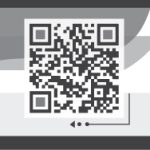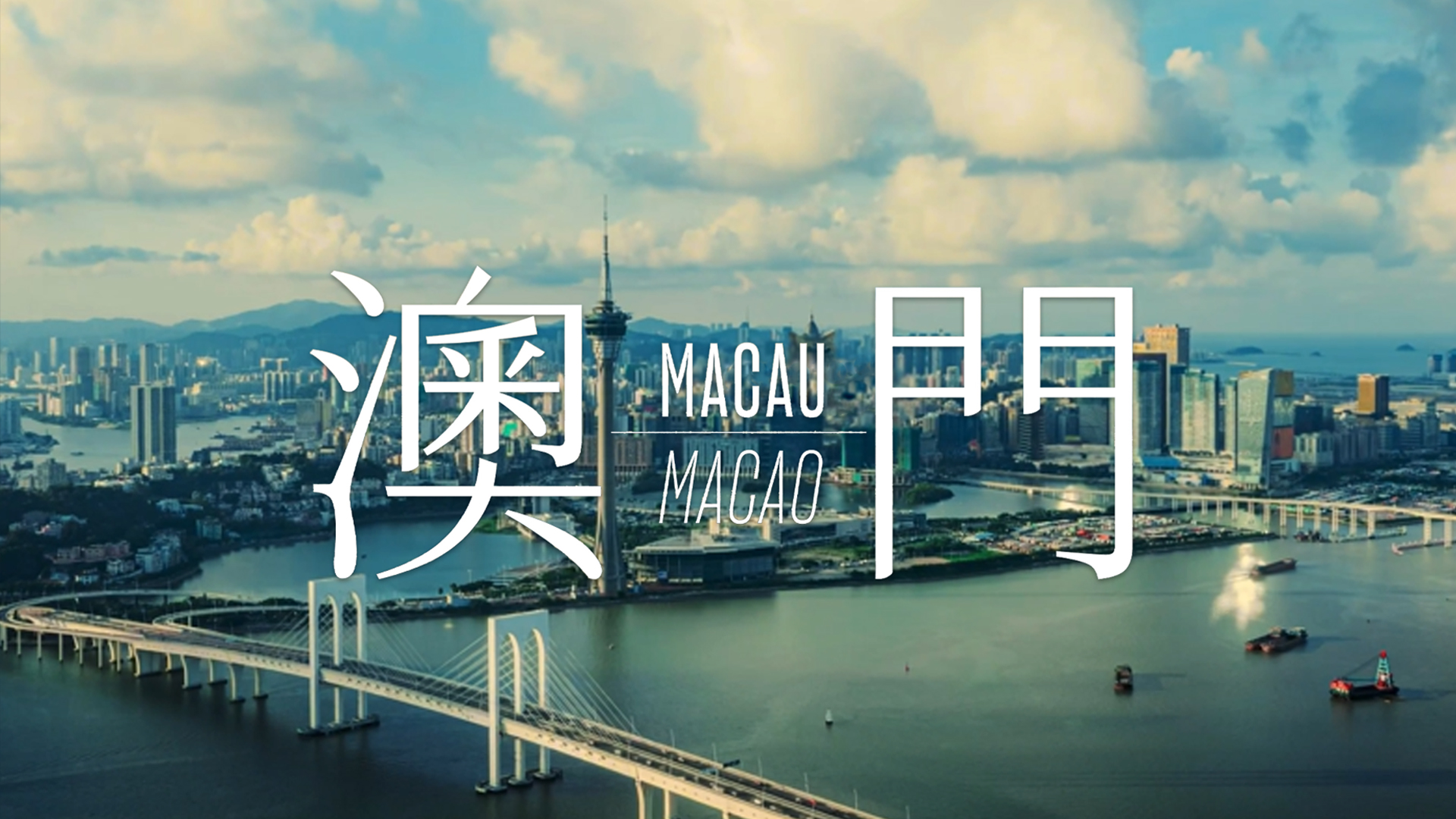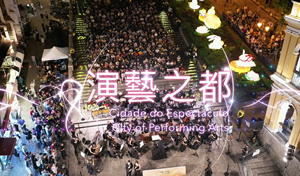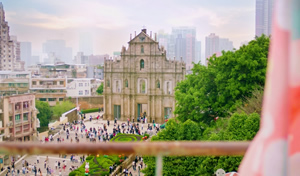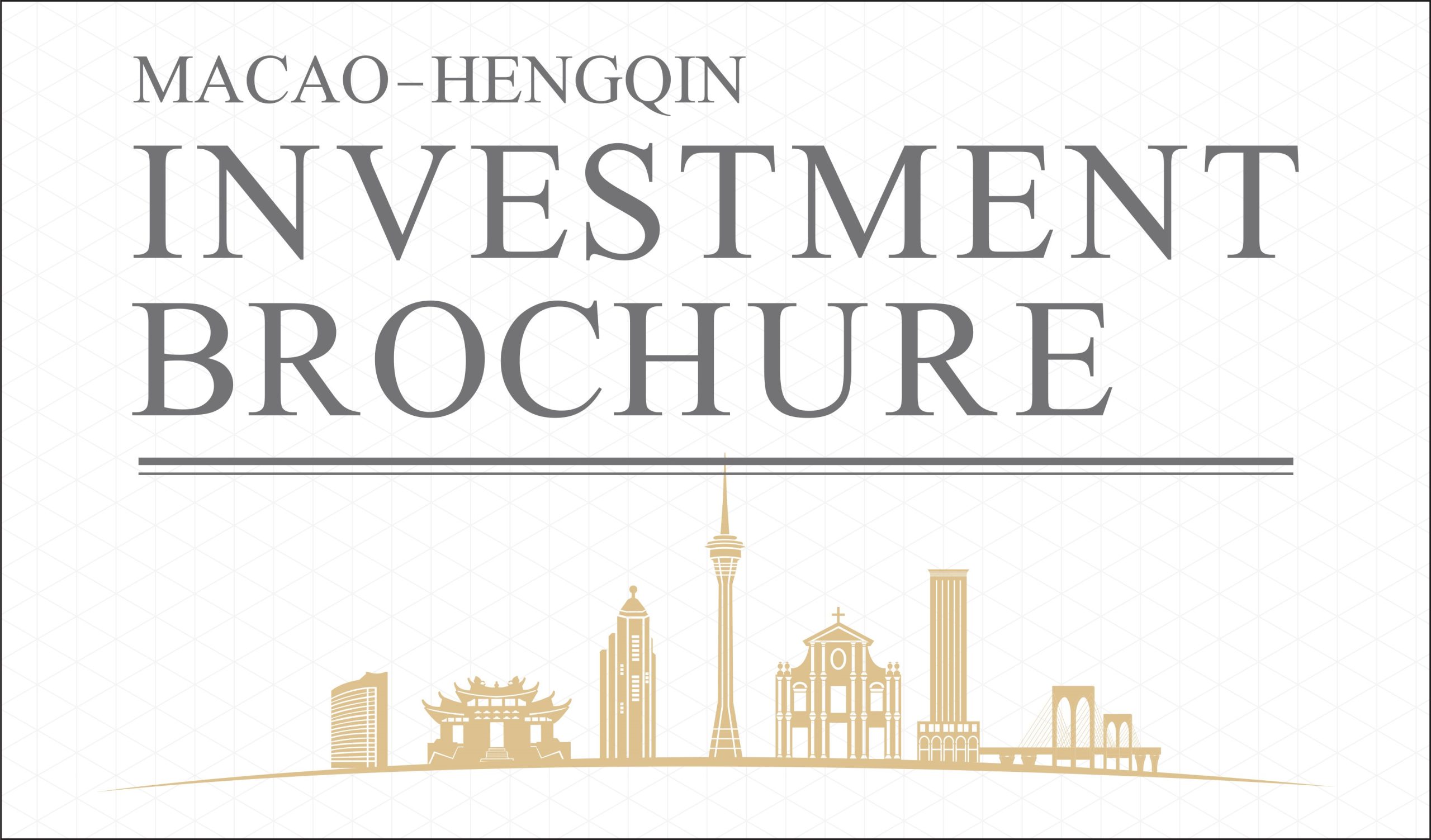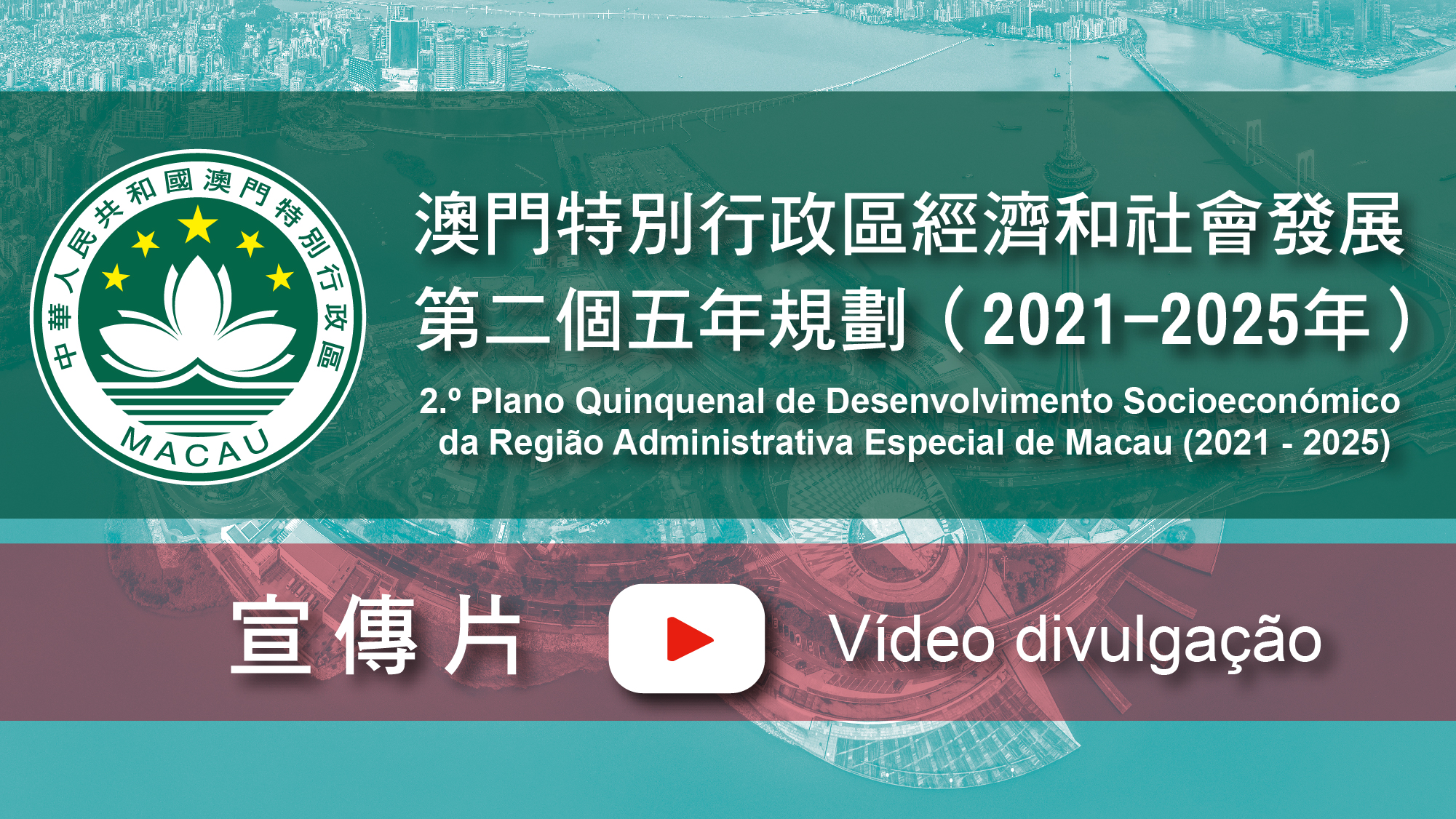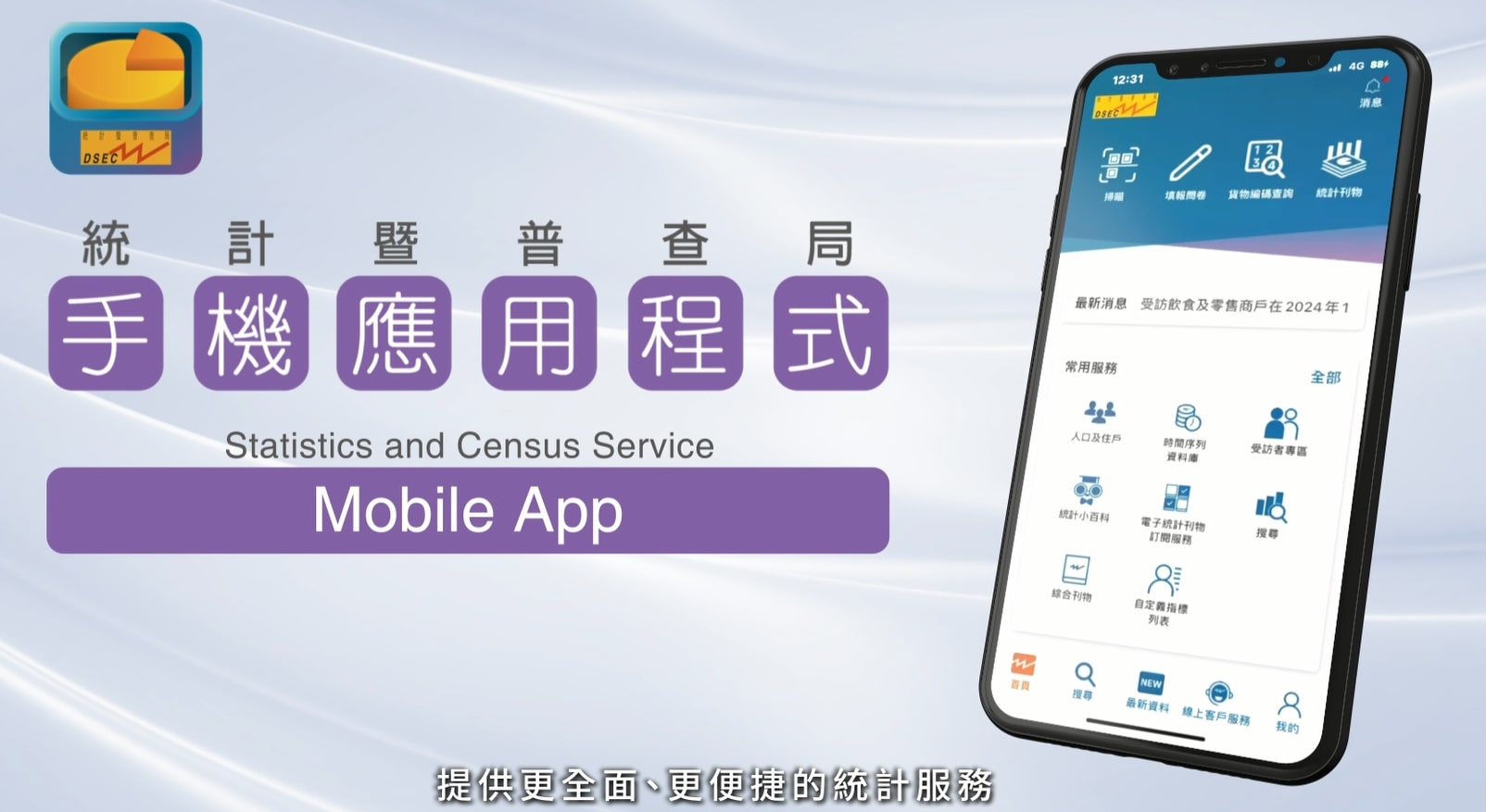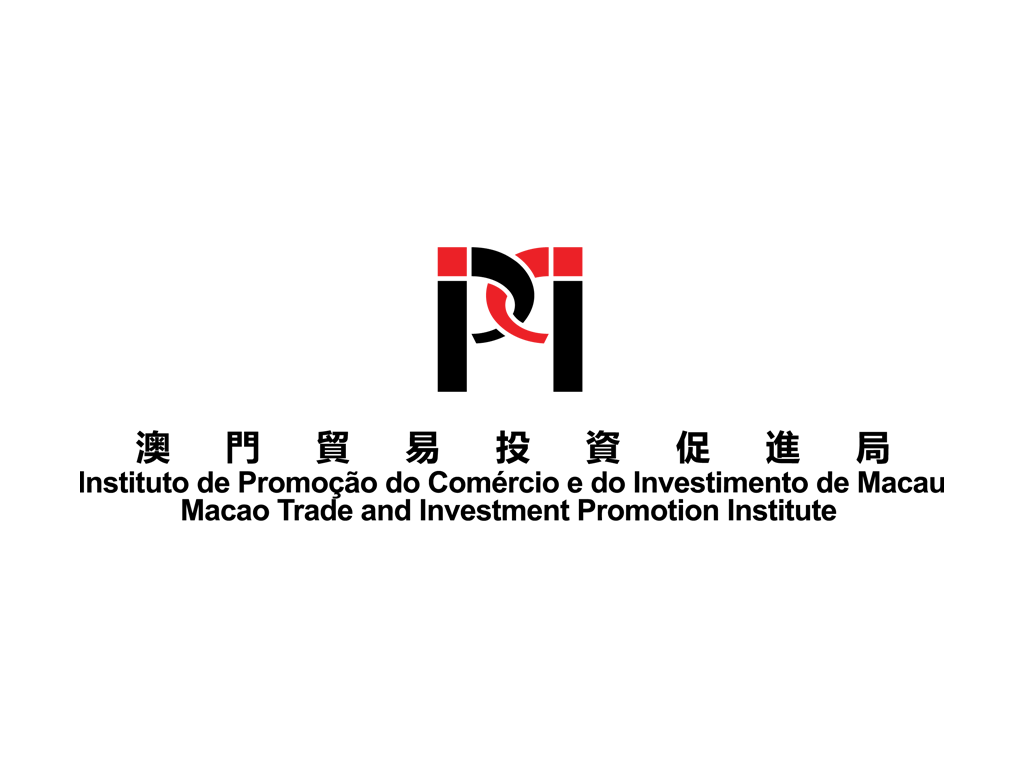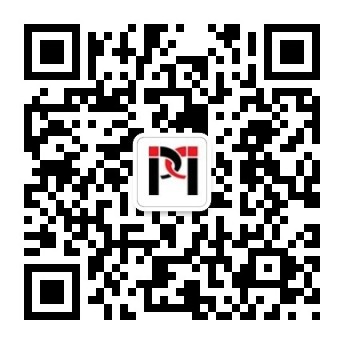Search Issues
The Republic of the Union of Myanmar
Myanmar is located in the western part of Indochina. It border China on the northeast, covering a total area of 676,578 square kilometres. Being the second largest country in Southeast Asia, it has a population of 55,123,814 (as of July 2017). In 2005, Nay Pyi Taw was designated as the capital of Myanmar, replacing Yangon, the largest city in the country, while embassies of countries with diplomatic relations with Myanmar still remained in Yangon. The official language is Burmese and English is commonly used among the upper-class.
Myanmar’s economy is comparatively backward as compared with other Asian countries, more than 60% of its labour force engage in agricultural production. It became a member of the World Trade Organisation (WTO) and the Association of Southeast Asian Nations (ASEAN) in January 1995 and 1997 respectively. Being a member of the China-ASEAN Free Trade Area (CAFTA), it is the seventh largest economy among the 10 ASEAN countries. The flourishing service industry accounts for 46% of the GDP, while other industries and agriculture amounts to 28% and 26% respectively. Major industries are agricultural processing, manufacturing, construction and transportation.
The implementation of reforms and opening policies in 2010 resulted in a rapid increase in foreign investments. After a landslide victory in Myanmar’s general election in November 2015, the National League for Democracy (NLD) continued to carry out reforms, promote economic development, actively attract foreign investments and improve business environment. In April 2017, new investment law was in place, more economic sectors were opened for private investment, including manufacturing, service, infrastructure, wholesale and retail industries. Foreign investors can enjoy tax exemptions or other forms of reliefs from income tax or customs duty within the first three to seven years of operation.
As one of the countries along the Belt and Road, Myanmar is endowed with excellent geographical conditions and rich in natural resources, with various ports fronting the Bay of Bengal. It is the only country included in the two economic corridors under the Belt and Road Initiative, namely the Bangladesh-China-India-Myanmar Economic Corridor (BCIMEC) and the China-Indochina Peninsula Economic Corridor (CICPEC). However, the infrastructure facilities are very backward, which has caused Myanmar to be rated by the UN Economic and Social Commission for Asia and the Pacific (UNESCAP) as a country with poor infrastructure in the region. It is now in need of financial resources to improve the quality and the capacity of its infrastructure.
In May 2017, Myanmar’s State Counsellor Aung San Suu Kyi visited Beijing and attended the Belt and Road Forum for International Co-operation. Five memoranda of understanding on economic and technological co-operation were signed with China and she indicated the intention to actively participate in the development project of the Bangladesh-China-India-Myanmar Economic Corridor spanning around 2,000km. It links up four countries by connecting Kunming, a city in Southern China, with Mandalay, one of Myanmar’s major economic hub, passes through Dhaka, the capital of Bangladesh, and terminates in Kolkata, India’s second largest city.
According to the statistical data of the Directorate of Investment and Company Administration of Myanmar, as of July 2017, the cumulative inward foreign direct investment amounted to USD62.6 billion, with capital mainly coming from Mainland China (30.3%), Singapore (27.4%) and Hong Kong (12.2%). Under the national economic development plan, the government aims at increasing foreign direct investment to USD140 billion by 2030, among which around 58% is related to the development of oil, gas and electricity, with transportation and communications industry and the manufacturing industry accounting for 13% and 12% respectively.
Currently, serval special economic zones are developing in Myanmar. There are around 80 foreign investors investing in the Thilawa Special Economic Zone located in the rural area of Yangon, with half of them being Japanese companies. The second phase of the extension programme is estimated to be completed by mid 2018.
Natural resources
Oil, natural gas and tin reserves occupies an important position in the world. Oil reserves amounted to 120 billion barrels, and there are ample reserves of natural gas, tin, tungsten, zinc, aluminum, antimony, manganese, gold, silver and coal. Gemstone and jade are prestigious worldwide and the quality of ruby and emerald rank among the top of the world.
Water resources
Myanmar is rich in water resources, representing 40% of the total water resources of ASEAN countries. Due to the lack of related facilities, the resources are not fully utilised.
Industries
Industries are not well-developed, major industries are oil and natural gas exploration, small machinery manufacturing, textile, printing and dyeing, rice milling, timber processing, sugar manufacturing, paper making, chemical fertilisers and pharmaceutical.
Agriculture, forestry, animal husbandry and fisheries industries
Agriculture is the mainstay of the national economy. Arable land totaled at 18 million hectares, with more than 4 million hectares of idle land available for development. Major crops are rice, wheat and sugar cane. Forests cover half of the total land area, producing hard wood and valuable timber like teak.
Tourism
Myanmar is well-known for its beautiful scenery and historical sites. The Shwedagon Pagoda, Mandalay, Bagan, water villages of Inle Lake in Nyaungshwe, Ngapali beach are internationally famous tourist attractions. The government has expended a great deal of effort on developing tourism in recent years by actively attracting foreign investment and building tourism facilities, resulted in the establishment of a number of world-renowned hotels.
Transportation
Water-borne transport is dominating in Myanmar and the railways are mainly metre gauge. Yangon is the largest port, and international airports are located in Yangon, Naypyidaw and Mandalay, providing international flights that connect Yangon to Bangkok, Beijing, Chiang Mai, Doha, Frankfurt, Guangzhou, Hanoi, Ho Chi Minh City, Hong Kong, Kuala Lumpur, Kunming, Nanning, Seoul, Singapore and Tokyo.
Finance
There are five national banks in Myanmar, namely the Central Bank of Myanmar, Myanma Agricultural Development Bank, Myanma Economic Bank, Myanma Foreign Trade Bank and the Myanma Investment and Commercial Bank. Privately-owned banks are allowed since 1992, and foreign banks are allowed to set up representative offices in Myanmar in recent years. Currently, more than 20 foreign banks have established the representative offices in Myanmar, including the Industrial and Commercial Bank of China and the Bank for Investment and Development of Vietnam.
Main Economic Indicators 2017
| Gross Domestic Product (US$billion) | 330.9 |
| Real GDP growth (%) | 7.2 |
| GDP per capita (US$) | 6,300 |
| Inflation (%) | 6.5 |
| Land area (sq km) | 676,578 |
| Population | 55,123,814 |
Source: CIA-The World Factbook,
https://www.cia.gov/library/publications/the-world-factbook/
Main Trading Countries/Territories with Myanmar 2016
| Main Destinations for Exports | % |
| China | 40.6 |
| Thailand | 19.1 |
| India | 8.8 |
| Singapore | 7.6 |
| Japan | 5.7 |
| Main Origin for Import | % |
| China | 33.9 |
| Singapore | 14.3 |
| Thailand | 12.5 |
| Japan | 7.9 |
| India | 6.9 |
| Malaysia | 4.3 |
Source: https://www.cia.gov/library/publications/the-world-factbook/
Foreign Trade In 2016 and 2017
| Year | Total Trade | Exports | Imports |
| 2017 | 25.400 | 10.070 | 15.330 |
| 2016 | 21.885 | 9.085 | 12.800 |
Major Export Commodities: natural gas; wood products; pulses and beans; fish; rice; clothing; minerals, including jade and gems
Main Import Commodities: fabric; petroleum products; fertilizer; plastics; machinery; transport equipment; cement, construction materials; food products and edible oil
Source:
1.CIA-The World Factbook, https://www.cia.gov/library/publications/the-world-factbook
2.Index Mundi-Country Fact, http://www.indexmundi.com
Mainland China-Myanmar Import & Export
| Year | Total | Exports | Imports |
| 2016 | 12.29 | 8.19 | 4.10 |
Source: Ministry of Commerce of the People’s Republic of China, http://mds.mofcom.gov.cn/article/Nocategory/
Macao- Myanmar Bilateral Trade In 2017
| Type of Trade | Weight (KG) | Patacas |
| Imports | 1,416,462 | 16,600,095 |
| Exports | 7,039 | 1,035,190 |
Source: The Macao Statistics and Census Service, http://www.dsec.gov.mo/
SOURCE
The Ministry of Foreign Affairs of the People’s Republic of China
http://www.fmprc.gov.cn/chn/default.htm
The Ministry of Commerce of the People’s Republic of China
http://zhs.mofcom.gov.cn/
The Economic and Commercial Counselor’s Office of the Embassy of the People’s Republic of China in the Republic of the Union of Myanmar
http://mm.mofcom.gov.cn/
The Statistics and Census Service
http://www.dsec.gov.mo/
The World Factbook
http://www.cia.gov/


